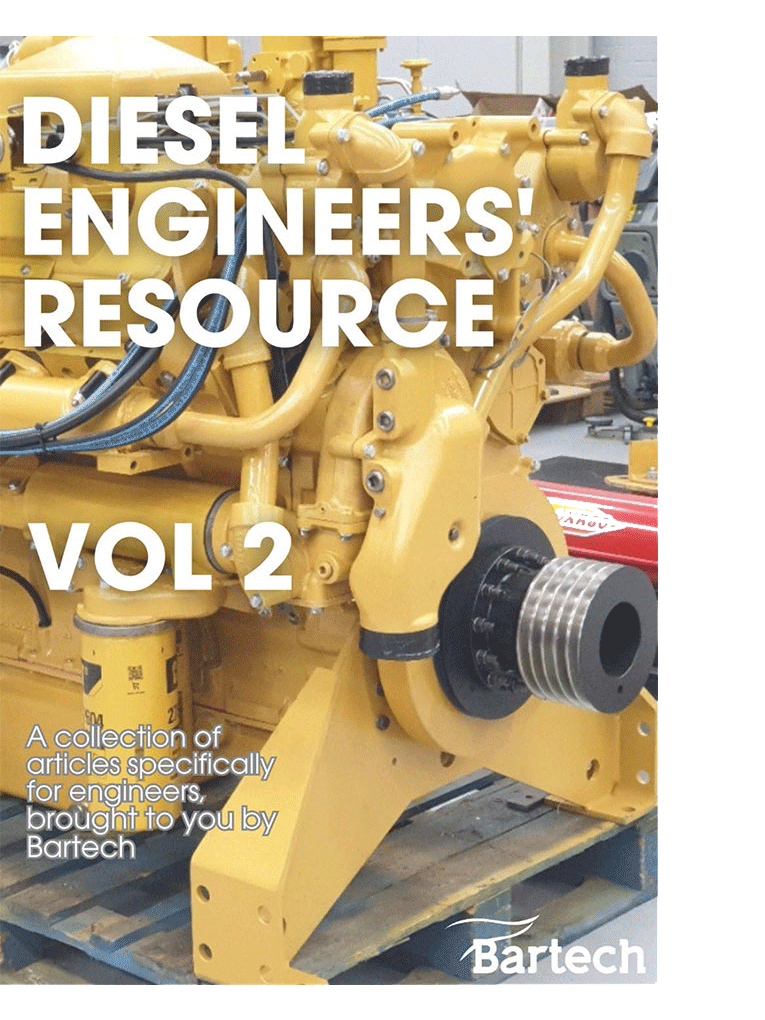A couple of weeks ago, we were asked to survey some Blackstone engines. The engines are an emergency power system, so they’re absolutely vital for the site’s safety system.
All three engines had various issues, but there was a familiar one which had gone unnoticed and came to light as soon as we started engine 1.
As soon as the engine turned over, fluid started leaking from the top of it.
We stopped it straight away, and checked the fluid, finding that because of the colour, consistency and smell, it looked like fuel was in the oil.
The engine was isolated, and rocker covers removed to get to the injectors.
Once the injectors were removed, a borescope inspection was carried out and fortunately, there were no major issues found.
We removed the crankcase door, and that was when it became obvious that the oil had become contaminated by fuel, as the oil level in the sump was nearly up to the bottom of the main bearings, which is approximately 6” higher than it should be.
By turning on the fuel supply, we could see it dripping from the camshaft followers of cylinders B2, B3 and B4 indicating leaking fuel pumps

The fuel pumps and injectors have been removed for overhaul, and the oil drained. The filters will be changed and some of the big ends checked for damage.
As I said, there were various hidden issues found, which included:
- Gearbox oil pressure gauge reads zero
- Gauge panel rev counter reads low
- Freshwater temperature A bank gauge reads low – The temperature was checked using a hand-held thermometer and was found to be the same as B bank.
- Low exhaust temperature on cylinder B6 of engine 3 – Indicating an injector or pump issue
Freshwater pressure A bank gauge reads zero – Checks needed on the water circuit, but likely gauge needs replacing - Engine oil pressure very slightly low one Engine 3. The OEM specifies a minimum of 40psi – Requires further investigation
Please don’t leave it too late for an engine health check, it is not worth the risk of an engine failure on a safety-critical system.

